The British Colonisers had a tough time dealing with India’s hot summers. They constantly looked out for summer getaways in cooler locations, and created a concept unique to India: Hill Stations. These were ideal sleepy little villages, located atop hills which had moderate temperatures in summers. Over a period of time, these hill stations became very popular with local Indian tourists trying to beat the heat as well.
Mahabaleshwar is one such hill station in the state of Maharashtra. Located on the Western Ghats range (called the Sahyadri Mountains in Maharashtra), Mahabaleshwar was once a tiny hamlet, now a full fledged town with traffic jams. It is so popular that we avoid it on tourist days and seasons (school holidays, weekends, long weekends etc). We also avoid its bazaars, which, without over-tourism, are frankly quite charming.
However if you are willing to take a break in Mahabaleshwar, and choose the correct off-season, it is a rewarding place to visit. The natural beauty of the Sahyadris is outstanding, and so is the bio-diversity that comes with it. The weather in summers is a few degrees cooler than nearby Pune or Mumbai. It is breezy and monsoons and winters are significantly colder. Recently tremperatures as low as 1 degree celcius have been reported in Mahabaleshwar Winters.
Around 1819, British Col Lodwick discovered Mahabaleswar and recommended it to his bosses as a sanatorium for the British forces. The Raja of Satara was given several villages in exchange of handing over Mahabaleshwar to the British. Around the 1850s, Mahabaleshwar was declared the official Summer Capital of the Bombay Presidency. The Colonial British started spending money on building facilities in Mahabaleshwar leading to its rapid popularity. Today, Mahabaleshwar has many residential schools, hotels, resorts and numerous private homes.
While summer days are hot, evenings are slightly cool and breezy. Monsoons in Mahabaleshwar are breezy, rainy and misty. Mahabaleshwar often overtakes Cherrapunjee as the wettest place on Earth. The average annual rainfall is over 230 inches. Winters are cold and misty. This kind of weather makes you want to spend evenings in your cozy nest, slurping your soups and piping hot food. It is natural that many places of stay in this Hill Station were actually constructed decades ago, and have remnants of Colonial Architectural leanings, including fireplaces. Though many new resorts and hotels have come up, the charm of Mahabaleshwar is in its older and private bungalows.
Mahabaleshwar is surrounded by wild jungles and is almost contiguous with the Sahyadri Tiger Reserve. The Western Ghats landscape ensures unique and almost abundant flora and fauna. Almost, because rapid concretisation is leading to a fast decline in bio-diversity.
An epiphytic orchid in Mahabaleshwar.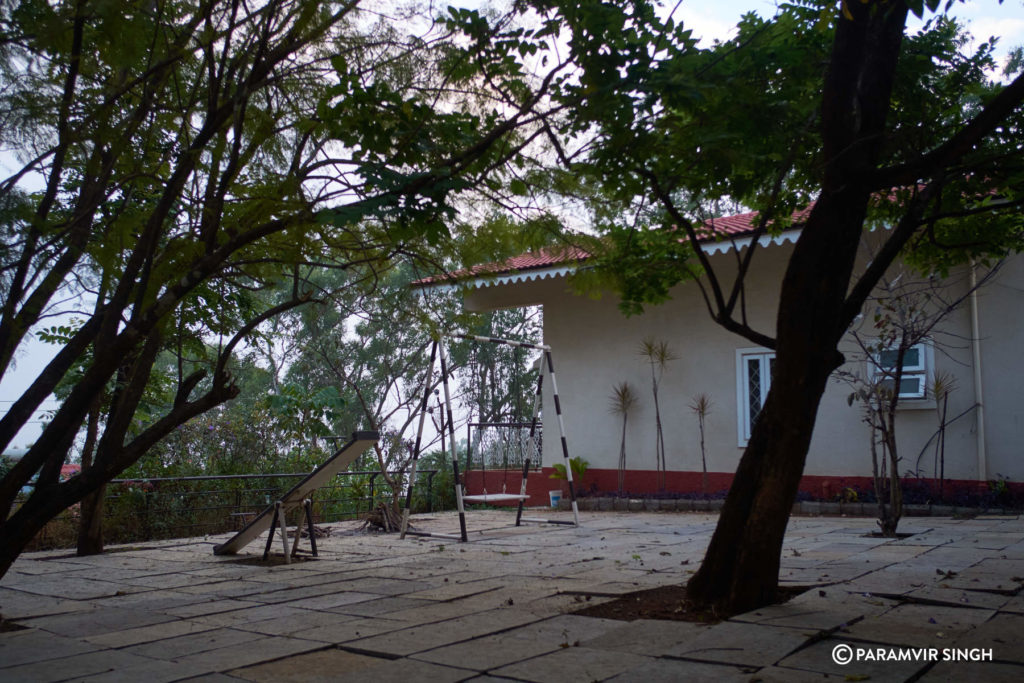 A typical private bungalow stay in Mahabaleshwar.
A typical private bungalow stay in Mahabaleshwar. One of the ‘view points’ in Mahaaleshwar.
One of the ‘view points’ in Mahaaleshwar. Over tourism leads to over-cars.
Over tourism leads to over-cars.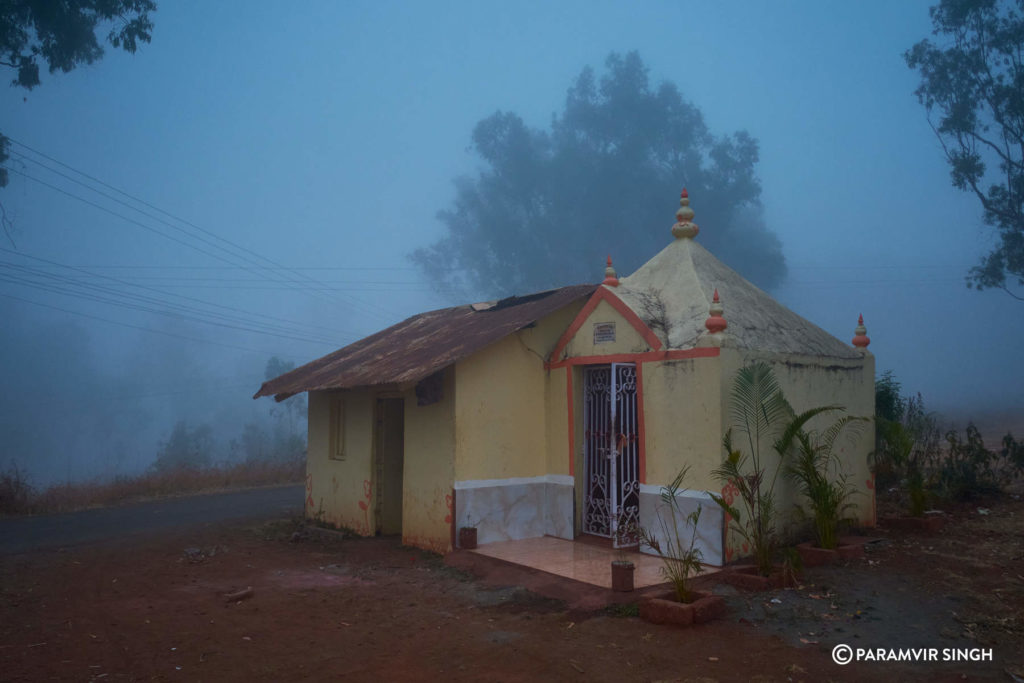 An old temple in the mist of a winter morning.
An old temple in the mist of a winter morning.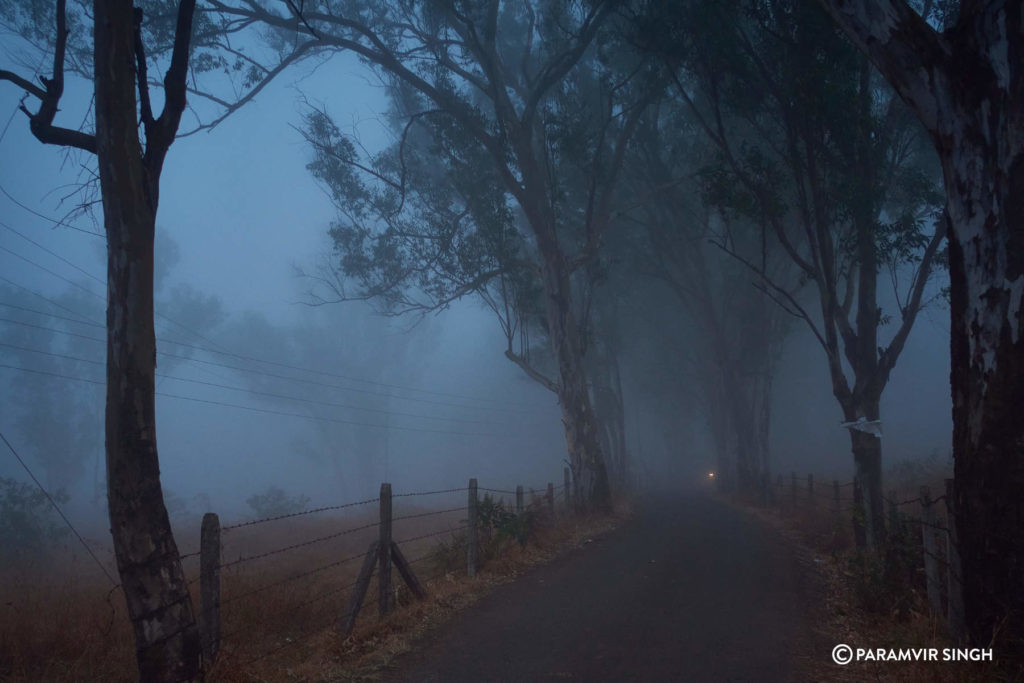 Sometimes winter mornings can have lots of mist. These eucalyptus trees, though not native to India, add a feel to the place.
Sometimes winter mornings can have lots of mist. These eucalyptus trees, though not native to India, add a feel to the place.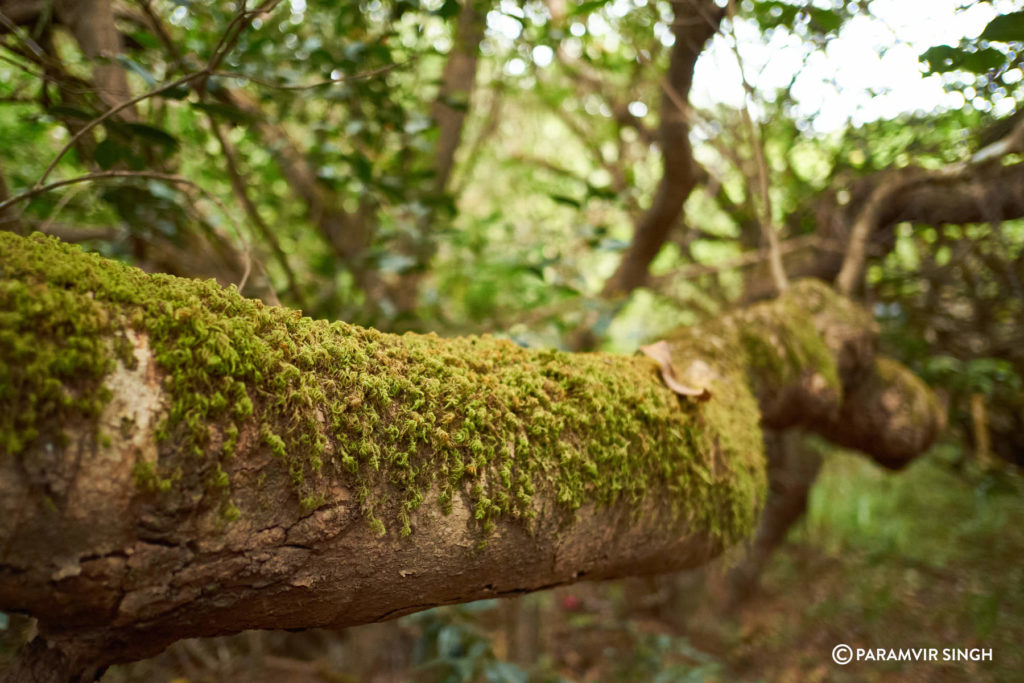 The dense moist evergreen forests of Mahabaleshwar. Moss growing on local tree trunks is very common here.
The dense moist evergreen forests of Mahabaleshwar. Moss growing on local tree trunks is very common here. Looking out at the beautiful valley, fully forested, and as yet, untouched.
Looking out at the beautiful valley, fully forested, and as yet, untouched.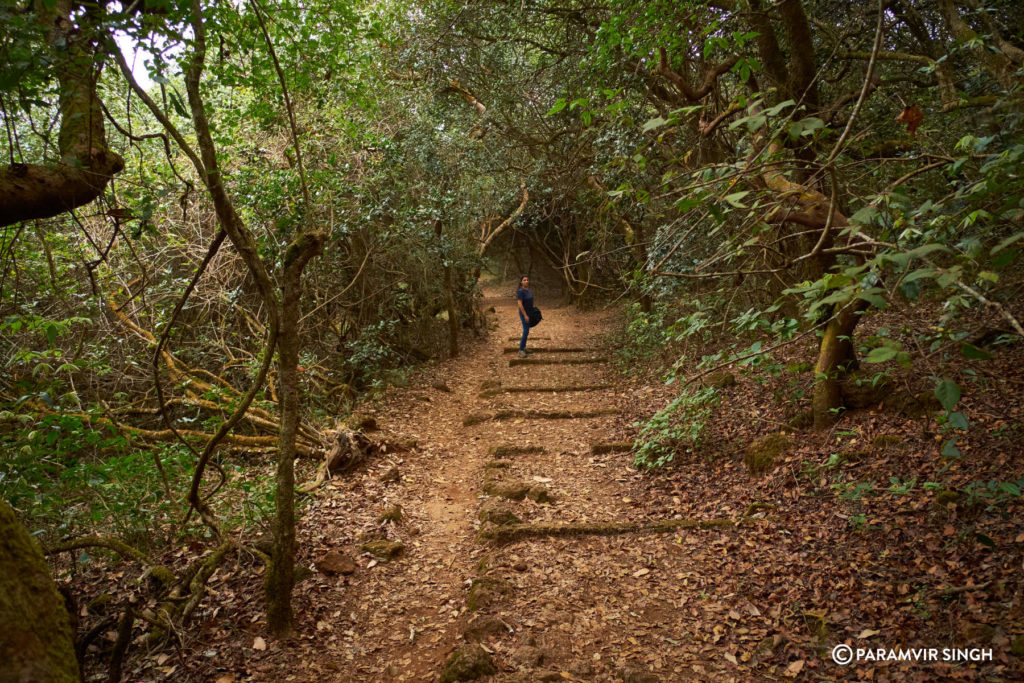 Taking a walk down one of the forested regions of Mahabaleshwar.
Taking a walk down one of the forested regions of Mahabaleshwar.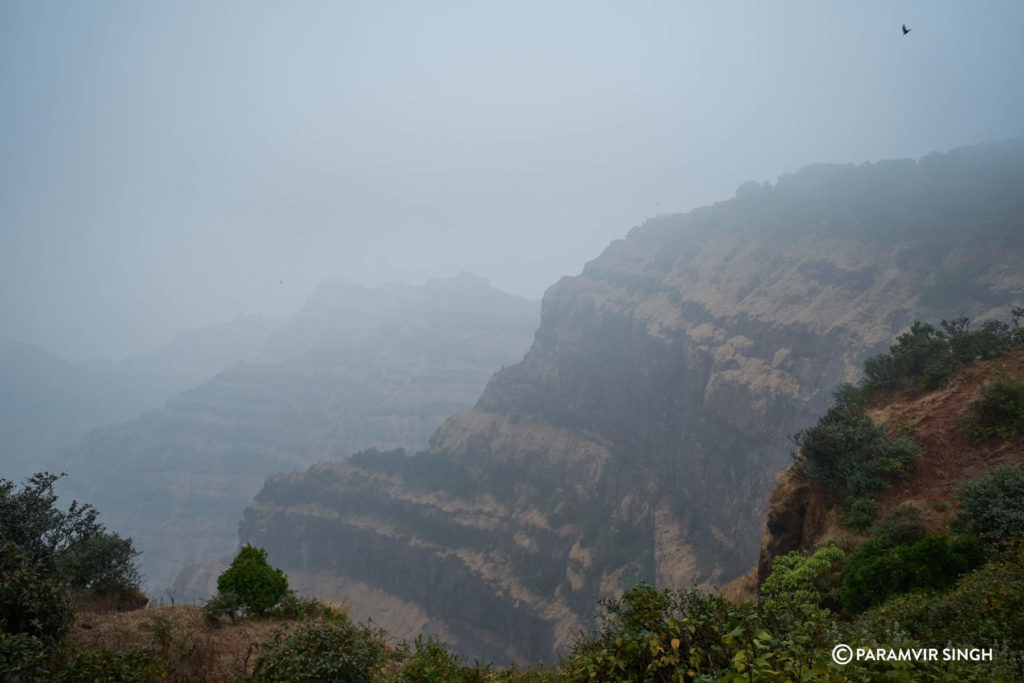 The magnificent Sahyadri mountains.
The magnificent Sahyadri mountains. Some facilities have been made for tourists, like these steps to catch a better ‘view’.
Some facilities have been made for tourists, like these steps to catch a better ‘view’.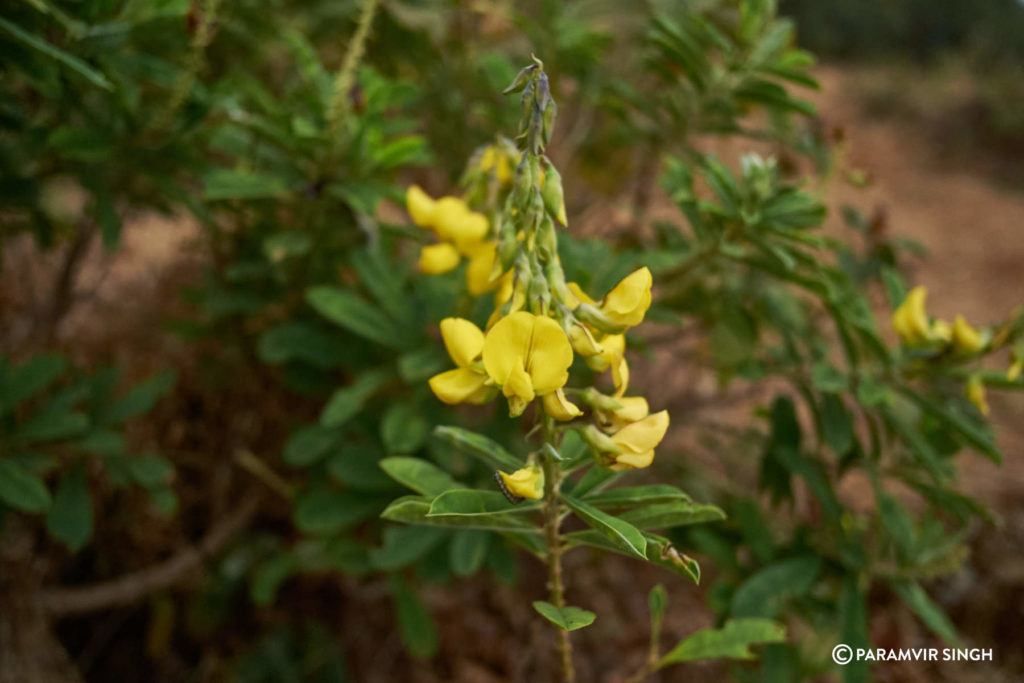 Native wild flowers are aundant in Maharashtra’s Sahyadris. Unfortunately we are changing the local flora so rapidly, we may never realise what we are losing.
Native wild flowers are aundant in Maharashtra’s Sahyadris. Unfortunately we are changing the local flora so rapidly, we may never realise what we are losing.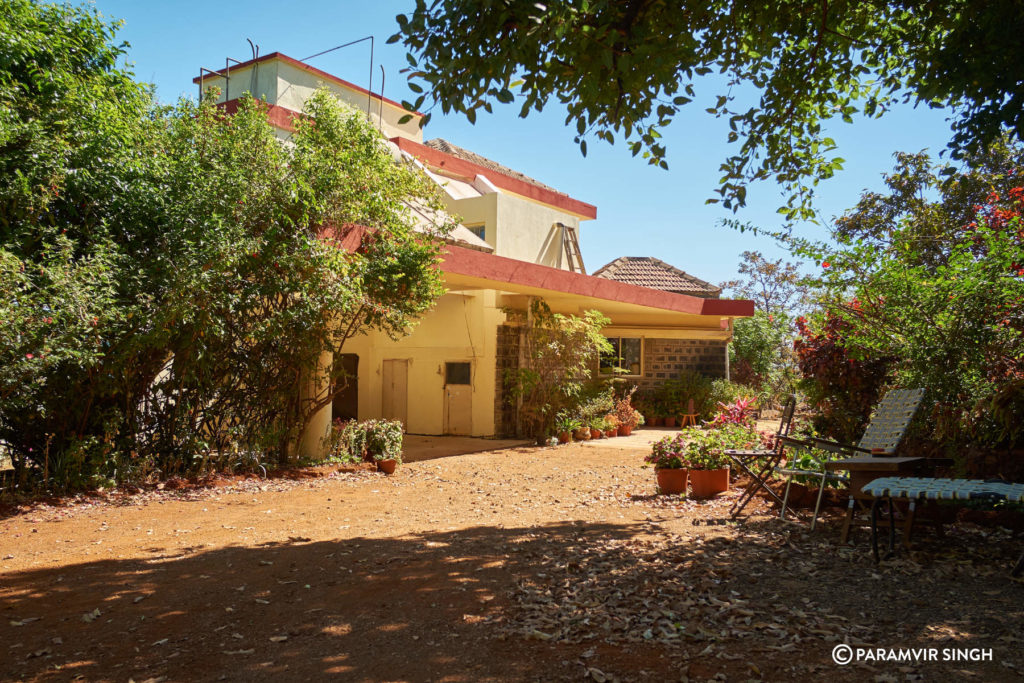 A typical private bungalow in Mahabaleshwar. One has to look hard to find something one likes.
A typical private bungalow in Mahabaleshwar. One has to look hard to find something one likes.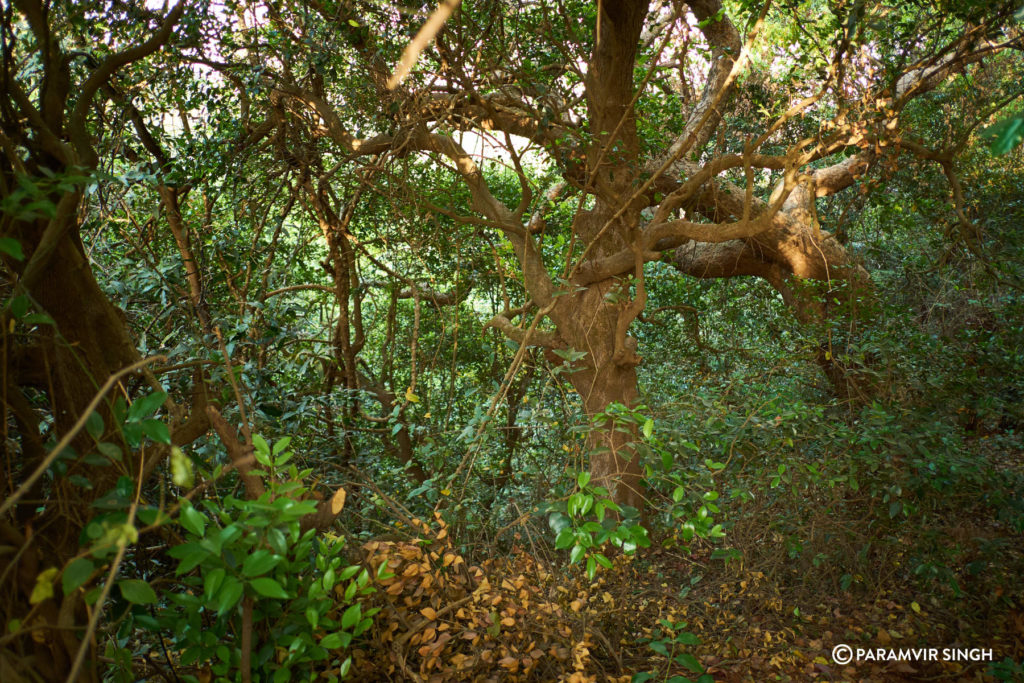 The Forests in Mahabaleshwar fall under Moist Evergreen Types. They can be very dense and enchanting.
The Forests in Mahabaleshwar fall under Moist Evergreen Types. They can be very dense and enchanting. A typical drive through the non-popular parts of Mahabaleshwar can be very rewarding.
A typical drive through the non-popular parts of Mahabaleshwar can be very rewarding. View of the valley.
View of the valley. A Pied Bushchat Male.
A Pied Bushchat Male. A Malabar giant squirrel (Ratufa indica), an endangered species found exclusively in the Western Ghats. Seen here, she is eating the seeds of the Red Cotton Tree fruit.
A Malabar giant squirrel (Ratufa indica), an endangered species found exclusively in the Western Ghats. Seen here, she is eating the seeds of the Red Cotton Tree fruit.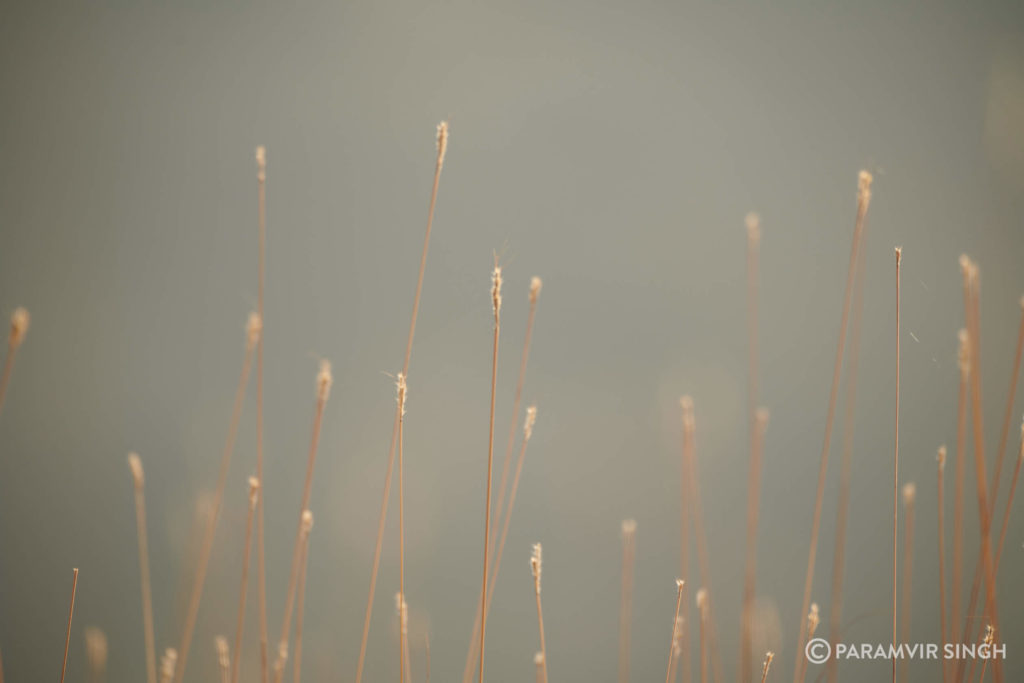 Wild Grasses in Mahabaleshwar.
Wild Grasses in Mahabaleshwar.

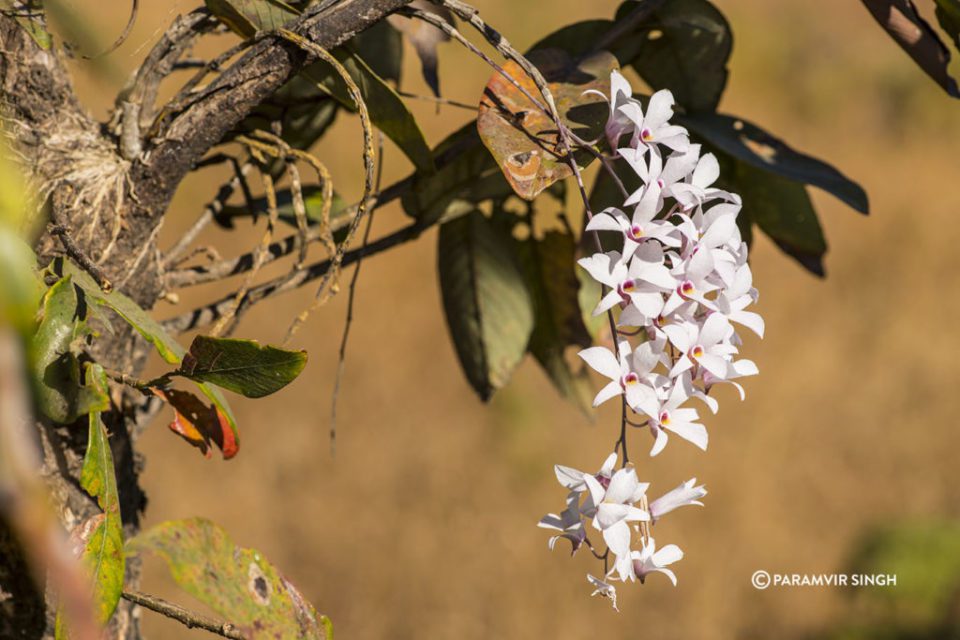
2 comments
I don’t think the title of your article matches the content lol. Just kidding, mainly because I had some doubts after reading the article.
Thank you for your sharing. I am worried that I lack creative ideas. It is your article that makes me full of hope. Thank you. But, I have a question, can you help me?